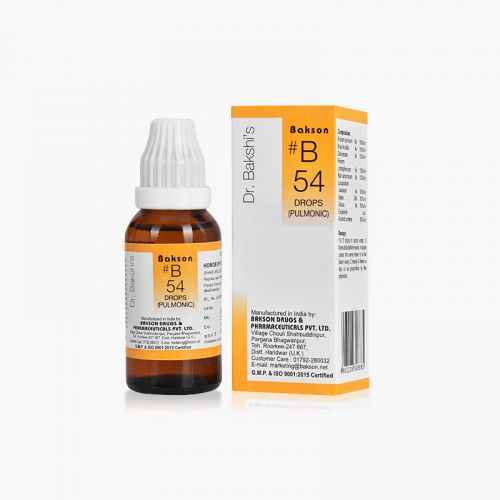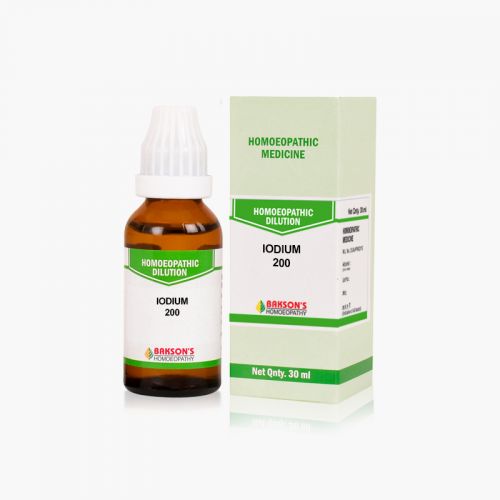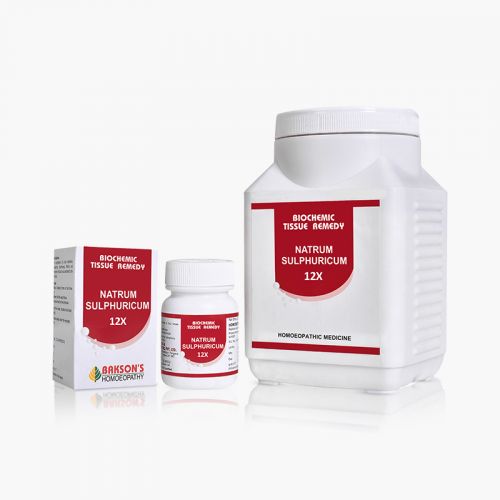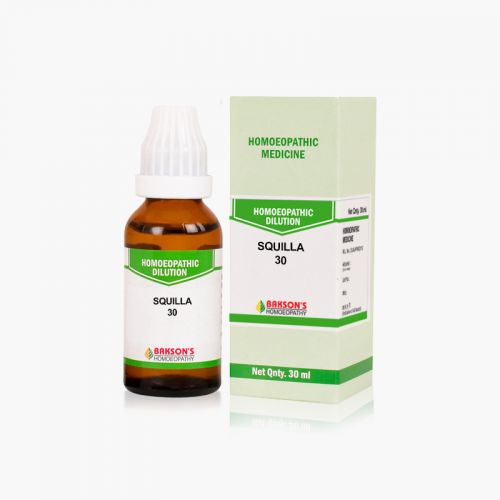We use cookies to make your experience better. To comply with the new e-Privacy directive, we need to ask for your consent to set the cookies. Learn more.
What is Pneumonia?
Pneumonia is a form of acute respiratory infection that affects the lungs. In this condition, the alveoli are filled with pus and fluids limiting the supply of oxygen to the lungs.
Pneumonia is the single largest infectious cause of death in children worldwide.
Classic Pneumonia goes through 4 pathologic changes or phases, namely -
- Consolidation : Occurs in the first 24 hrs. Presence of a proteinaceous exudate and often, bacteria in the alveoli. Marked by cough and deep breaths.
- Red Hepatization Phase : Occurs in 2-3 days. Presence of erythrocytes in the cellular intra alveolar exudate with neutrophil influx. Bacteria occasionally seen in specimen.
- Gray Hepatization Phase : Occurs in 2-3 days after Red hepatization. Present erythrocytes are lysed and degraded, no new erythrocytes are extravasating. This phase signifies a successful containment of infection and improvement in gas exchange.
- Resolution : Macrophage reappears as dominant cell type in alveolar space and debris of neutrophils, bacteria and fibrin is cleared along with the inflammatory response.
Aetiology
The cause of pneumonia can be bacterial, viral and fungal.
- Streptococcus pneumoniae: most common cause of bacterial pneumonia in children.
- Haemophilus influenzae type b (Hib): the second most common cause of bacterial pneumonia
- RSV (Respiratory syncytial virus): most common cause of pneumonia
Any pre-existing illness or infections like measles, overcrowding, smoking etc. can also make a child susceptible to pneumonia.
The spread of the infection is air-borne through droplets from a cough or a sneeze. Aspiration of the pathogens from the nose or throat can also infect the lungs.
Sign and symptoms
The symptoms can range from mild to life threatening and they include-
- Mucus producing cough
- Fever
- Sweating or chills
- Shortness of breath
- Chest pain worse on inspiration and coughing feelings of tiredness or fatigue
- Loss of appetite
- Nausea or vomiting
- Headache
In children under 5 years of age, pneumonia is diagnosed by the presence of either fast breathing or lower chest wall indrawing in which the chest moves in or retracts during inhalation contrary to healthy person, in whom it expands.
Diagnosis
History and physical examination (in general and chest) helps in the diagnosis. Pulse oximeter must be used to keep a check on falling oxygen levels. Chest X ray is used to diagnose the condition. Sputum culture, blood culture, bronchoscopy and CT scan chest are preferred investigations advisable when the patient is hospitalised.
General Management
Medications are recommended to control the severity of the infection. Apart from that, maintaining hand hygiene, smoking cessation, and measures to boost the immune system are some of the recommended guidelines to stop the spread of the infection.
Warning: Above information provided is an overview of the disease, we strongly recommend a doctor's consultation to prevent further advancement of disease and/or development of complications.
Disclaimer: The information provided herein on request, is not to be taken as a replacement for medical advice or diagnosis or treatment of any medical condition. DO NOT SELF MEDICATE. PLEASE CONSULT YOUR PHYSICIAN FOR PROPER DIAGNOSIS AND PRESCRIPTION.
- #B 54 DROPSSpecial Price ₹ 160.00 Regular Price ₹ 200.00
- BRYONIA ALBA 30₹ 100.00
- IODIUM 200Special Price ₹ 92.00 Regular Price ₹ 115.00
-
-
- SQUILLA 30₹ 100.00









